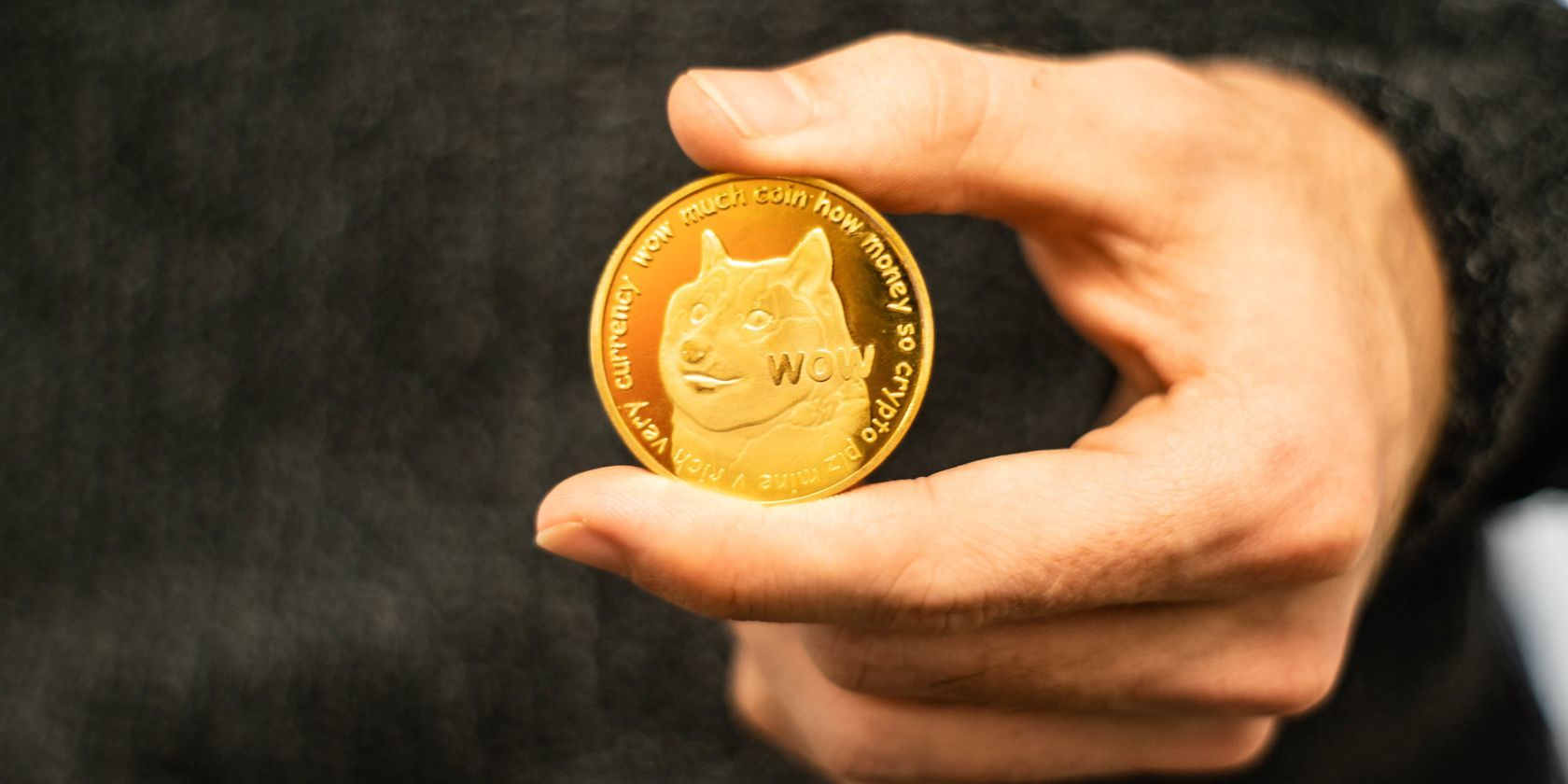Crypto miners are very important. They are responsible for creating new crypto-tokens, validating transactions on the blockchain, and many more tasks using sophisticated software and hardware.
However, they don’t do this for free as there is an incentive: block rewards. So, what is a block reward and why is it important in cryptocurrency?
What is a block reward?
Transactions on a crypto network exist in “blocks” and are linked together in “chains” (hence “blockchain”). To prevent fraudulent transactions on the network, miners thoroughly check all the transactions in a block using highly sophisticated computers to ensure they are valid.
The crypto network rewards them for their work through block rewards in the form of native crypto tokens. So, for example, when cryptocurrency miners on the Bitcoin network successfully mine a block, they are rewarded in Bitcoin tokens.
How do block rewards work?
Whoever is the first to hash the data blocks, solve the complex puzzle and get the correct answer wins the block reward. However, multiple miners can form mining pools to mine faster, although the block rewards will be smaller per individual. Note that the mining difficulty of a cryptocurrency determines the mining duration and required energy.
Blockchain networks achieve two things through the block reward systems. One is that the network is protected against fraudulent transactions called double spending. The second is that new tokens are circulated after a block is successfully mined. The block rewards vary from network to network, meaning that the rewards for mining Bitcoin are different from the rewards for mining other proof of work (PoW) cryptos.
The 5 Best Blockchain Block Reward Systems
Every cryptocurrency network has a block reward system, but not every crypto uses mining to deliver those block rewards. However, when mining, the block rewards you receive and the timing of the halving (a pre-programmed event where rewards are halved after mining a specific number of blocks) differ across crypto networks.
Here are the block reward systems for some of the top cryptos.
1. Bitcoin
Bitcoin miners earn 6.25 BTC for each block they successfully mine. Bitcoin halves its block reward every 210,000 blocks – roughly every four years. The next Bitcoin halving event, where the reward will be reduced to 3.125, will occur at block 840,000, possibly in 2025.
In addition to block rewards, Bitcoin miners are also paid transaction fees for the transactions in the block. As block rewards decrease, these transaction fees will account for a larger percentage of mining rewards.
2. Dogecoin
When miners hash a block of transactions on the Dogecoin ecosystem, they receive 10,000 DOGE and the transaction fees associated with the block. However, these transaction fees are usually much lower than the block rewards; typically, transaction fees are less than 1% of the total rewards miners earn.
Initially, Dogecoin halved its mining rewards after every 100,000 successfully hashed blocks. However, after the last halving event in 2015, the blockchain suspended halving events.
Prior to this suspension, Charlie Lee, Dogecoin’s creator, proposed the Scrypt algorithm that would allow Litecoin or other Scrypt coins to be used in mining Dogecoin. This proposal, implemented in 2015, was designed to increase Dogecoin’s overall hash rate and mining profitability. Additionally, because Litecoin and other Scrypt coin miners can contribute to the Dogecoin network, they can confirm blocks faster, and Dogecoin has an unlimited supply of DOGE tokens.
3. Litecoin
Litecoin miners earn 12.5 LTC tokens per block. They also earn transaction fees per block.
Litecoin’s reward per block is halved every 840,000 blocks – four times that of Bitcoin. Litecoin’s next halving event will likely take place in August 2023 (around block 2,520,000) and the block reward will be halved to 6.25 LTC per block. In contrast to Bitcoin’s total supply of 21 million BTC tokens, Litecoin has a total supply of 84 million – four times more than Bitcoin’s.
4. Monero
Monero enables P2Pool, pool and solo mining. All mining methods receive a constant block reward of 0.6% XMR and users’ transaction fees per block.
Unlike other PoW blockchains, Monero maintains a constant block reward, so miners do not need to rely on transaction fees as the only source of reward.
5. Ravencoin
As a Bitcoin fork, Ravencoin shares many similarities with Bitcoin. Similar to Bitcoin’s 21 million coin supply, Ravencoin has a total supply of 21 billion tokens. Similarly, instead of halving every 210,000 blocks, Ravencoin’s halving event will happen every 2,100,000 blocks.
The blockchain’s first halving event occurred on January 11, 2022, and the reward block dropped from 5,000 (like Bitcoin’s first block reward of 50 BTC) to 2,500 RVN (Ravencoin’s utility token). Miners will earn 2,500 RVN until the next halving event at block 4,200,000—likely in 2026. It is unclear if miners will receive rewards from transaction fees, as in other PoW blockchains.
3 Factors Affecting Block Rewards
The following are the factors that affect block rewards:
- Crypto Token Price: Block rewards depend on the price of tokens. The value you get after mining a block is directly proportional to the price of the crypto token at that particular time. The higher the token’s price, the more profit you will earn.
- Halving: Halving controls the rate at which new coins are mined and pushed into circulation, thereby creating a relative scarcity and consequently increasing the value of the crypto. As a result, block rewards are halved on average every four to six years or after a certain number of blocks are created.
- Rate and Mining Difficulty: The faster you hash a block, the more block rewards you earn. That is why most miners join together to form pools so that they can mine at a faster rate and make more money. Investing in mining rigs with high hash rates, such as the ASIC miner, is also important.
3 benefits of block rewards
Block rewards have benefits for miners and the blockchain network as a whole.
- Financial gain: Crypto miners earn their daily living from the mining business. They earn crypto tokens with each puzzle they solve, which they can exchange for fiat money.
- Network security: Alongside earning rewards, verifying transactions and checking for double spending, miners secure the blockchain network.
- Increase in investments: Block rewards tend to increase investment in cryptocurrencies, which increases crypto adoption. Blockchains are becoming more popular with each passing day. The process also creates new crypto coins, ensuring a continuous supply.
Cryptoblock rewards remain an important incentive
Without crypto block rewards, it would be difficult to engage crypto miners, essential for verifying transactions and securing PoW blockchains. Crypto mining is usually a chore and pocket draining. However, crypto block rewards make this venture a path to financial freedom for miners.
If you are a crypto enthusiast, crypto mining is another way to make money, especially because crypto block rewards are up for grabs.






